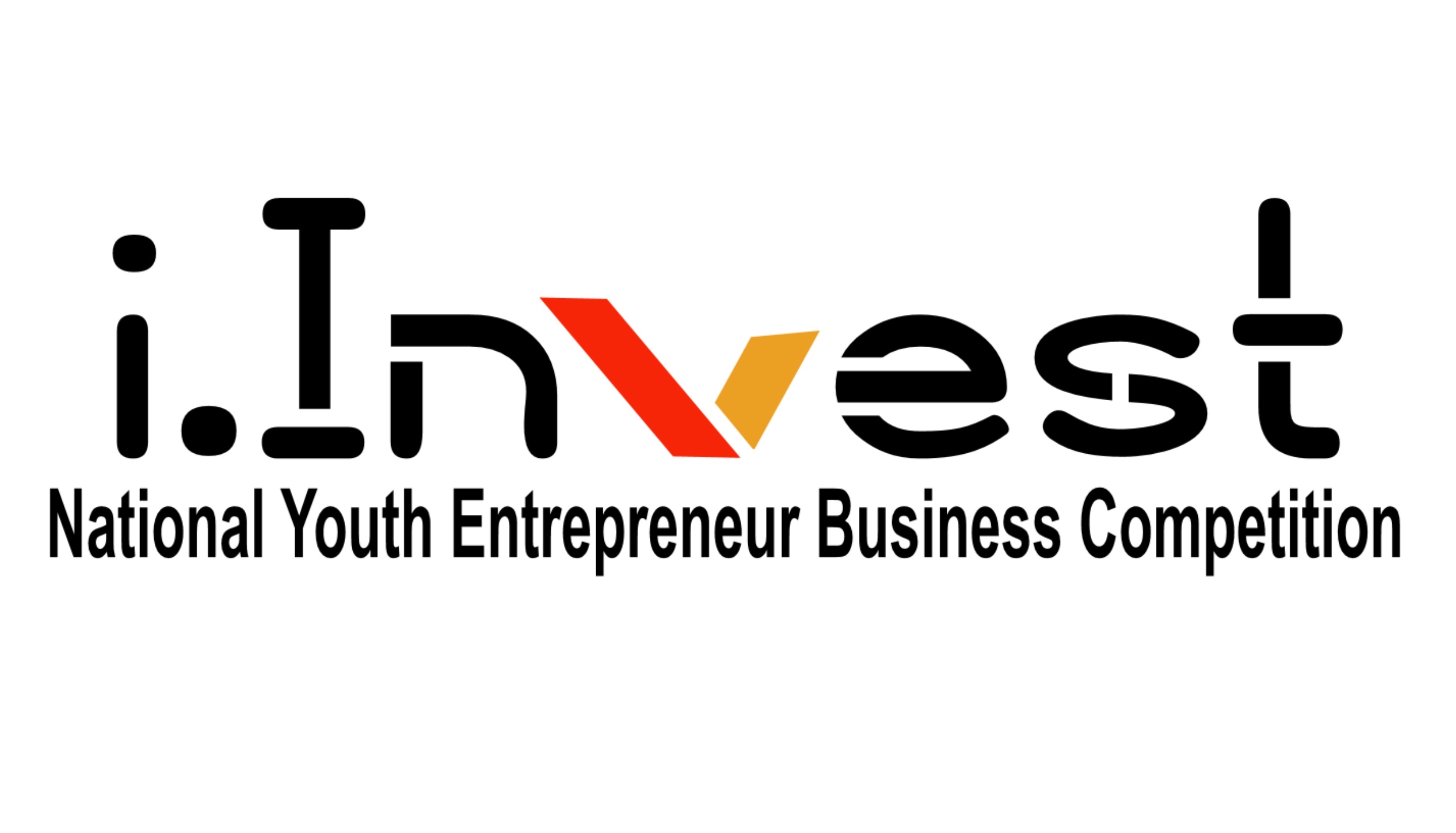Contained, Stored or Leashed: How not to handle innovation
- mjackson148

- Feb 6, 2016
- 3 min read

Have you ever watched an innovator convert an idea into a practical concept, mold that concept into a viable business model then employ an operational process that allows a new venture to spread its wings and soar? If not, you should, because the sheer curiosity and eagerness of a dedicated business leader is inspirational beyond words.
It takes commitment to start a business.
It takes boldness to put forth an innovative idea.
It takes heart to see it through to the very end.
For those of us privileged to work with business trailblazers, we’ve witnessed many new ideas take flight. But in order to help these pilots stay above the clouds, both public and private sectors must do more to avoid putting roadblocks in their path.
Innovation is the idea of thinking differently about how we do things. In many ways it is the key to building a better world. From the development of the polio vaccination to the creation of the Internet and beyond, when we inhibit innovation by not providing the resources needed to mature an innovator’s dynamic ideas, we are also hindering our own personal and professional growth.
Innovation should never be contained, stored or leashed. To grant it the freedom it needs to change the world, it must be unfettered then fueled. But the fueling becomes the problem. In order to properly drive innovation, public and private sectors must create pools of resources accessible to both thriving ventures and start-up companies.
In a perfect world, every program created in the name of entrepreneurship would offer hefty funding resources, mentorship and collaborative opportunities. But we live in the real world. With countless limits on capital resources for new businesses and political opposition to funding more research and development, roadblocks to innovation will continue to exist over time unless we act now.
So, how can we give innovation the freedom to thrive? Here are my three ideas to help public and private sectors broaden their view of the entrepreneurs’ needs:
Money matters. You’ve heard it a million times: access to capital is key. Well, it is. No company succeeds without financial support. Call it what you want – crazy, ill-conceived or unorthodox – but the process of creating new technology is a lot like throwing spaghetti at the wall. You sling it until it sticks and when it does, you peel it off, figure out what made it stick in the first place then do it all over again. But if every sling at the wall costs $50,000 or more, innovators may only get one chance at success. Therefore, the key is to ensure that all public and private entrepreneurial programs develop strategies that will provide multiple layers of funding for companies at each stage. One shot just isn’t enough.
Failure isn’t final. Public and private entrepreneurial programs should be designed with failure in mind. In a recent Forbes magazine article, “Why is Innovation so Hard?,” writer Edward D. Hess discusses a key factor in what hinders us from accepting failure. He writes: Our educational system and most work environments have taught us that good performance means avoiding failure, not making mistakes. This is a big problem, because failure is an unavoidable part of innovation experimentation.
Innovation requires the willingness to fail and learn. But failure comes at a cost that most investors don’t want to take on. Innovators with great ideas often fail at the early-stage because of a lack of financial support. Programs created to help them will often offer assistance worth the value of one sling at the wall and nothing more. To change this, we must shift our psychological acceptance of failure and instill new ways of thinking into public and private program development. Although failure may be final to most investors, to a serial entrepreneur it can be the beginning of a new onslaught of creative ideas and concepts that deserve a chance at success.
Supporting the best and disregarding the rest is no way to build a successful entrepreneurial ecosystem. The best of the best technologies can be found at the least attractive places. Great ideas can come from anywhere. From basements in an urban community to labs at junior colleges, entrepreneurial programs should throw out the status quo and start looking for great inventions in some of the most unlikely places. We must learn to support business growth at all levels and create new avenues for innovators to get the recognition they deserve regardless of their educational background, income level or geographical location.
Let’s work together to ensure that innovators are provided the resources they need to soar.
Written by Michelle D. Jackson, CEO, PR Solutions LLC & Executive Director, i.Invest National Youth Entrepreneur Business Competition





Comments